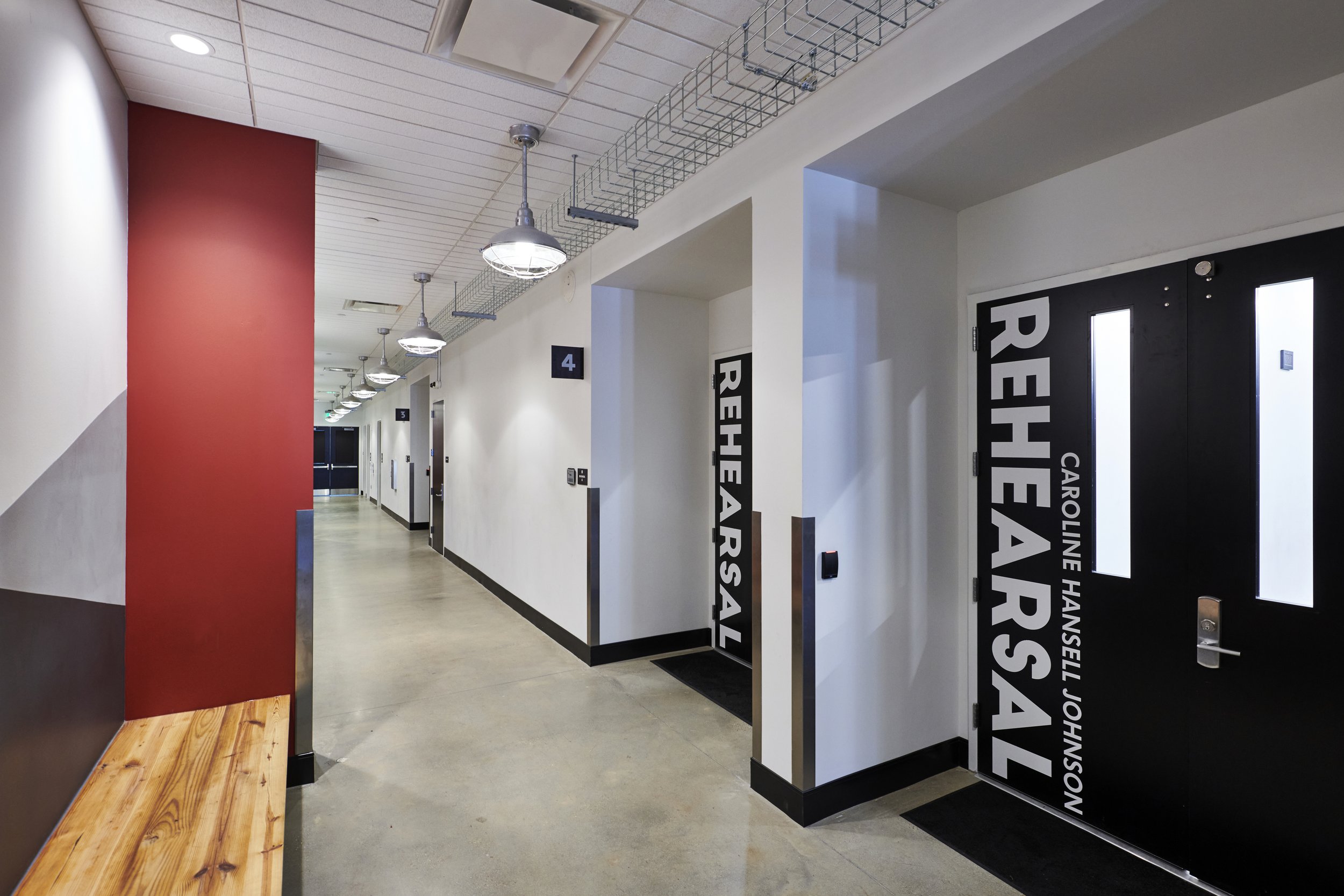


Wayfinding and signage does a whole lot more than get your audience from point A to point B. It tells a compelling story along the way. From bold brand messaging to a subtle history about your organization, visual wayfinding and signage should inform, engage and, above all, leave a lasting impact.
Wayfinding signage aims to enable people to travel through a space to a final destination. Essentially, wayfinding signage must guide people from where they are now to where they want to be, effectively.
Applied correctly, wayfinding reduces the annoyance that emerges when the public cannot locate their destination. Furthermore, excellent wayfinding signage can strengthen the space, allowing the public to discover things that otherwise they would not, whether that is inside a retail shop, a retail park, a town centre, or other place of gathering.
Wayfinding is part of a strategy designed to bring a fascinating experience. With personal experience being the most powerful in brand image, it is crucial for brands and organizations to be consistent across all channels, from products through to service and experiences.
Stanley Hainsworth, former Nike’s creative director, said, “experience first”. Improving experience generates an enormous amount of power for a brand or organization.
Experiential graphic design employs wayfinding and environmental graphics to send a larger message about that place, communicate a value proposition that appeals to users, and creates positive experiences that can be associated with the company or entity.
Through experiential graphics, the architectural setting can be enhanced, creating a true sense of place for employees. Additionally, each architectural structure (on or off site) can stand as an extension of an established company (church) brand, values, and culture.
Experiential graphic design is a key foundation to placemaking, which informs, reminds, and enriches the daily lives of those who use a space. Key to placemaking, it is important for the workplace (or church) environment to evoke positive emotions from users, whether it be through local context, company history, cultures and values, or otherwise. It is especially important for larger companies (churches) with many offices (campuses) all over the world so that they can differentiate themselves from their other locations.